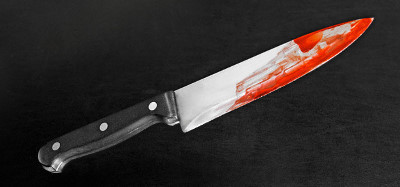The use of radiographic imaging in trauma patients has exploded over the past decade. A growing amount of research is looking at adult patients, but what about children?
Johns Hopkins did a one year retrospective review of radiographic imaging in kids age 14 and below. The studies performed and the estimated radiation dose was calculated for each child. A total of 719 children were studied and they underwent a total of 4603 studies:
- CT scans – 1457 (32%)
- Plain radiographs – 3097 (67%)
- Fluoroscopy – 49 (1%)
CT accounted for only 32% of studies but delivered 91% of the total radiation dose. Children involved in car crashes received the highest dose of radiation (18mSv) versus burned children, who had the lowest dose (1.2 mSv). Radiation exposure increased as the injury severity increased. The average age was 8 years, which means that these children have a long time until possible side-effects emerge.
What to do? First, seriously weigh the risks and benefits of every radiographic study before you order it. If CT is not essential, do something else. The ALARA concept is key (as low as reasonably achievable):
- Use weight-based CT protocols in order to deliver the minimum amount of radiation needed to get decent images
- Shield all sensitive areas that are not being imaged
- Use focused studies
- Avoid repeat exams
- Become knowledgeable about the effects of radiation exposure
- Ask yourself: “What if this were my child?”
Reference: Brown, et al. Diagnostic radiation exposure in pediatric trauma patients. J Trauma 2010, ahead of print.

